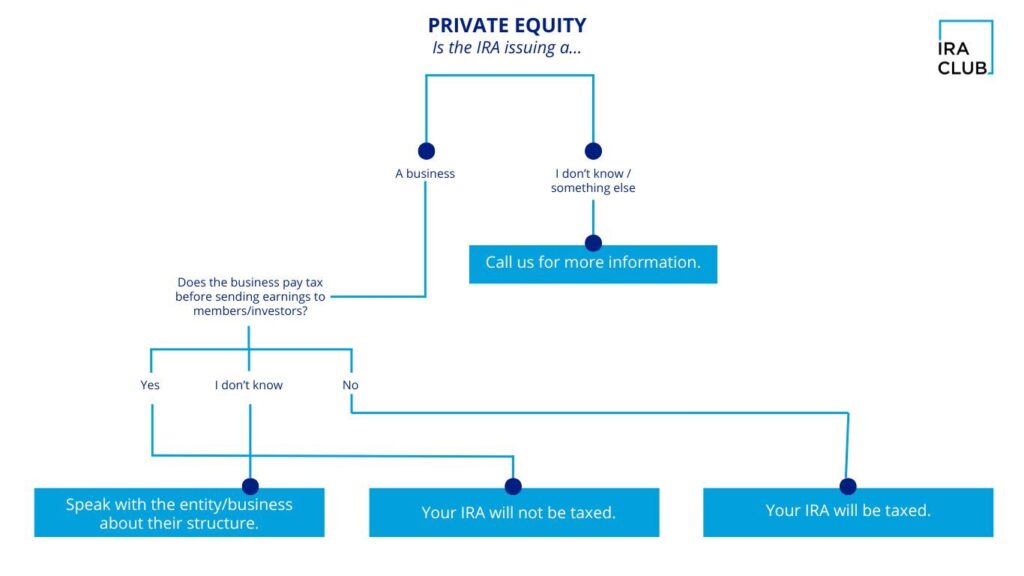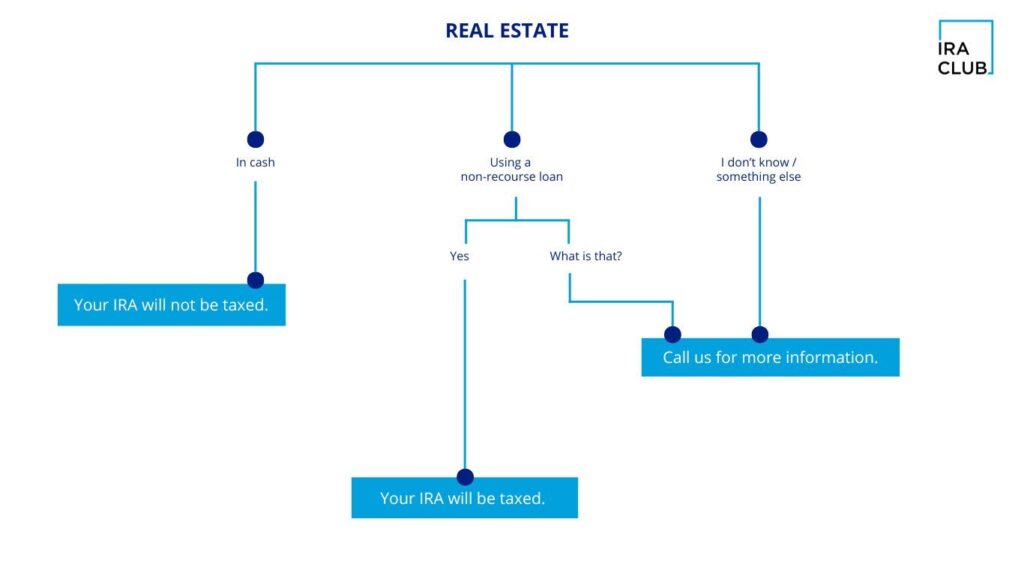There’s a lot of wrong information out there about borrowing from a 401k – let’s get to the facts.
In 1974, when Congress established Qualified Retirement Plans (QRPs) such as the 401k, etc., there was concern that some people might not invest for their future because they feared that if an emergency arose their money would be tied up and they couldn’t get to it.
Congress needed a solution: First, they thought “in case of an emergency, anyone could borrow from their 401k”. However, they quickly realized this created the need to define “emergency.” Is it an illness that requires you to be hospitalized, is it the illness of a family member? Does it include the occurrence of a fire in your home, how big a fire? Is it an emergency if your car broke down, or your basement flooded? You can see the problem trying to define an “emergency”.
The Solution: Congress said anyone could borrow from their 401k for any reason.
HOWEVER, to discourage people from taking loans that were not absolutely necessary, Congress made 401k loans less attractive by adding:
- Costly repayment pitfalls.
- Made the loans expensive to use.
Now, if the loan is absolutely necessary, then you won’t mind the “strict repayment rules” and the “high borrowing cost.” However, for anything less than an emergency…a 401k loan may not be worth the cost.
Repayment Pitfalls and Traps of Borrowing from a 401k:
We all know that 401k loans must be paid back in five years or less. What many people forget is that repayment of the loan must be made in “fully amortized payments no less frequently then every 90 days.” Miss a payment and BANG; you’re done. The entire unpaid balance becomes “ordinary income” to you. The full amount of the unpaid balance is taxable at your highest rate. PLUS, a 10% penalty if you are under age 59½.
This makes 401k loans a very poor choice for something you may not be ready to fully amortize starting in just 90 days.
Plus, if you bought a 401k plan that made you the “plan administrator” guess what? You are responsible for writing 1099R to yourself for the total unpaid balance. Don’t do that and you’re liable for taxes, penalties and interest.
And there’s an extra kick. Even after you pay the income tax due on the unpaid balance; you are not done. Why? Because the unpaid balance is still due to your 401k accounts.
Highest Cost Borrowing From a 401k:
We know. The person who sold you the plan said: “Look how cheap the interest is” and “Don’t worry, you are paying the interest to yourself.” However, they may have conveniently left out the cost of DOUBLE TAXATION. How does double taxation happen? Let’s use a simple example to keep the cost down.
Let’s borrow $40,000
For only one year at 4.5% interest
You are in a 28% income tax bracket
- You receive $40,000
- Payback with the 4.5% will be just $41,800
HOWEVER, because of income tax, to pay back the $41,800 you will need to earn a gross $53,504.
Plus, it’s not over. In the future when you do take that same $40,000 as your 401k distribution, it will be subject to income tax again. You will only net $31,250.
In the example above, to borrow just $40,000 for only one year you had to earn $53,504 to pay it back then when you take your distribution you will net just $31,250. DOUBLE TAXATION.
Conclusion: No matter what the salesperson told you, retirement plan loans are a very bad deal, unless you like paying extra taxes.
Read more from the IRAClub.org blog:
+ Smart Saving: From IRA to HSA
+ Buy Real Estate with a Self Directed IRA
+ Investor Education on Self Directed IRAs
For information about the Self Directed IRA or Solo 401k, call IRA Club at 312-795-0988
IRA Club offers no investments, products, or planning services. Therefore, please consult your attorney, tax professional, financial planner, and any other qualified person before making any investments.






